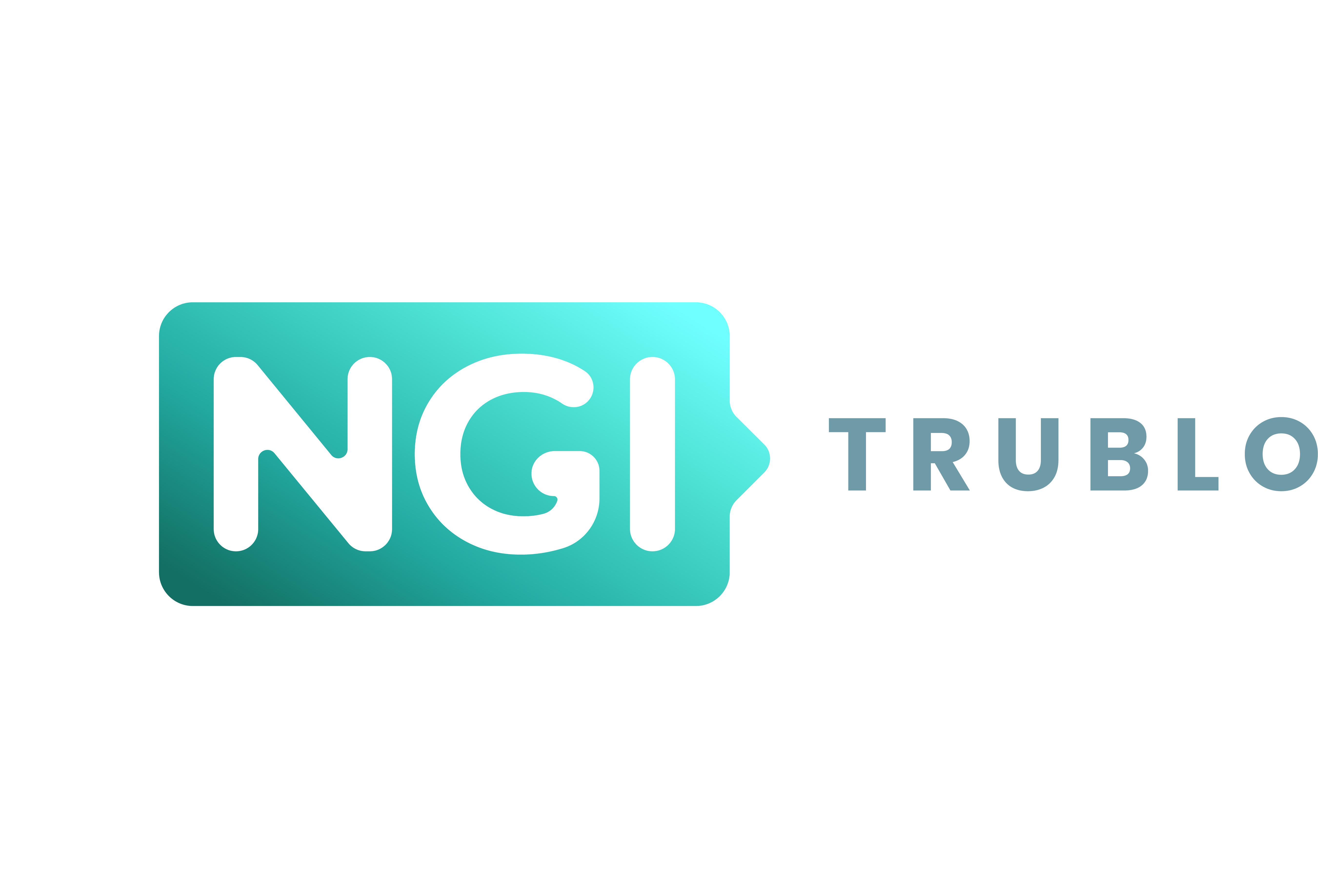
Digital advertising: How does Google Topics differ from FLoC?
Digital advertising is a big business and a privacy problem simultaneously. According to estimates, global ad spending in 2021 grew by 15.6% to $705 billion (€628 billion), another record. Analysts expect global advertising to grow even further in the coming years. Stopping the use of cookies is good for user privacy. But a new solution must balance at least three aspects: Firstly, advertisers will demand effective advertising. Secondly, the new approach must comply with stricter privacy laws. And thirdly, Google must consider the effects on the advertising market and competitiveness to stay in business.
The most recent approach is Topics and aims to do the trick: Shelter privacy but still enable effective digital advertising. How? Let us take a look. Here is a structured, quick overview of the current discussion.
What is “Topics”, and why is it relevant for trust in content?
In this overview article, we are looking at the newest technology suggested by Google to replace cookies. To put it into context, we briefly examine what the FLoC concept meant and why it failed. Then we list up what is known about the new approach called “Topics”.
Why a new system? What is the problem with cookies?
Google, the largest company in digital advertising, announced to eliminate third-party cookies in the Chrome browser by 2022. The company started to work on an alternative with better user privacy. But of course, the interests of advertisers had to be considered, and a new system would have to perform similarly in targeting advertising without tracking people individually.
What was FloC?
Maybe it was the name. FLoC, which stood for “Federated Learning of Cohorts”) was an approach proposed by Google to replace cookies in digital advertising. From the beginning, there was criticism that FLoC would not achieve this goal, both for privacy and effective advertising.
On the Google Ads & Commerce Blog, this approach was introduced almost exactly a year ago on January 25, 2021. The promise: “To enable a privacy-first future of advertising.” But the FLoC concept was criticised from the start, and experts noted that tracking would be reduced but not stopped. The core approach was to cluster “large groups of people with similar interests” (Google). In other words:
“FLoC is a super-tracker that monitors user activity across all sites, stores the information in the browser and then uses machine learning (ML) on the the browser to place users into cohorts with similar interests.”
Advertisers would still reach certain groups with targeted ads without the deep invasion of privacy. According to tests by Google, FLoC achieved up to 95% of the conversions compared to cookie-based advertising.
What were the main problems of FLoC?
An article from last year listed six problems of FLoC:
- It was not a replacement for third-party cookies – it only worked in the Chrome browser but would not support cross-browser, cross-device advertising.
- The cohorts were quite broad and not specific enough for many advertising programs. Advertisers who spend millions of Euros want to structure their campaigns as detailed as possible, not to lose reach and effectiveness.
- Campaign effectiveness would have been hard to measure – because digital ads would be shown to a large group, it would have been harder to determine what worked and what did not.
- Partial privacy protection: Instead of individual profiles of users based on Cookies, there would have been anonymous IDs in the cohorts. But while advertisers would not know who they were talking to, Google would still know.
- Too much of a black box: The complicated grouping, the machine learning optimisation and other factors would have made FLoC a black box. Advertisers would never know whether Google changed, optimised, or tinkered with the approach.
- No perspective towards gradual improvement: The FLoC approach would more or less stay the same, potential for years. Such a perspective does not sound good in a software world, expecting an incremental improvement over time. But refining the cohorts further and further would potentially have led to the de-anonymisation of the users in the cohorts.
In summary, most of the criticism was on the advertiser’s side. But why introduce a system that would (partially) end-user tracking but would not satisfy the interests of the paying customers?
What is “Topics”?
According to TechCrunch, the core of “Topics” works like this:
“The idea here is that your browser will learn about your interests as you move around the web. It’ll keep data for the last three weeks of your browsing history, and as of now, Google is restricting the number of topics to 300, with plans to extend this over time. Google notes that these topics will not include any sensitive categories like gender or race.”
All websites are mapped into a category based on 300 topics, and new sites would be categorised using machine learning.
For advertisers, the data generated through this approach would still enable them to advertise to a particular group of potential customers. d
In a blog post from January 25, 2022, Google describes Topics as a “new Privacy Sandbox proposal for interest-based advertising”.
“With Topics, your browser determines a handful of topics, like “Fitness” or “Travel & Transportation,” that represent your top interests for that week based on your browsing history. Topics are kept for only three weeks, and old topics are deleted.” (Source: Google)
Google has published the API for Topics on Github, with initial information on how the API works.
Photo by Lucrezia Carnelos on Unsplash

